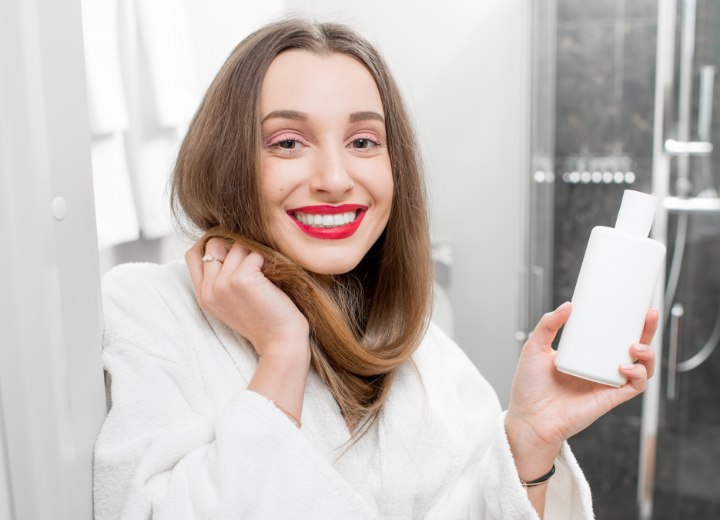Shampoo

A: Shampoos are designed with cleansing agents called surfactants. A surfactant molecule has a hydrophilic (water attracting) "head" and a lipophylic (oil attracting) "tail".
This oil and grease contain dirt and skin particles. The lathering action of the "head" and "tail" of the surfactant creates a push and pull effect on the oil and grease, lifting it from the hair shaft. The more oil and grease there is to bond to the surfactant molecule the less the shampoo will lather. This is why a second shampooing always lathers more richly.
When you rinse away the shampoo, the water is pulled along by the hydrophilic head of the surfactant, away from the hair and scalp, and down the drain.
©Hairfinder.com
See also:
More about shampoo
How long should you keep shampoo on your hair?
Should you really change out your shampoo on a regular basis?
What happens if you apply too much shampoo
Does expensive shampoo make a difference?
